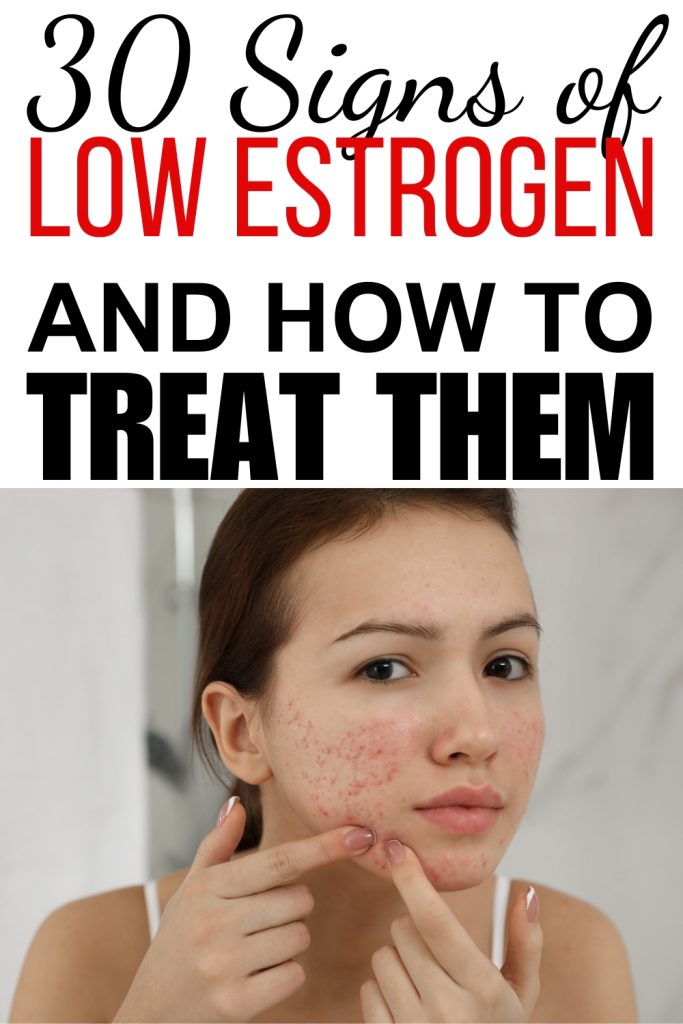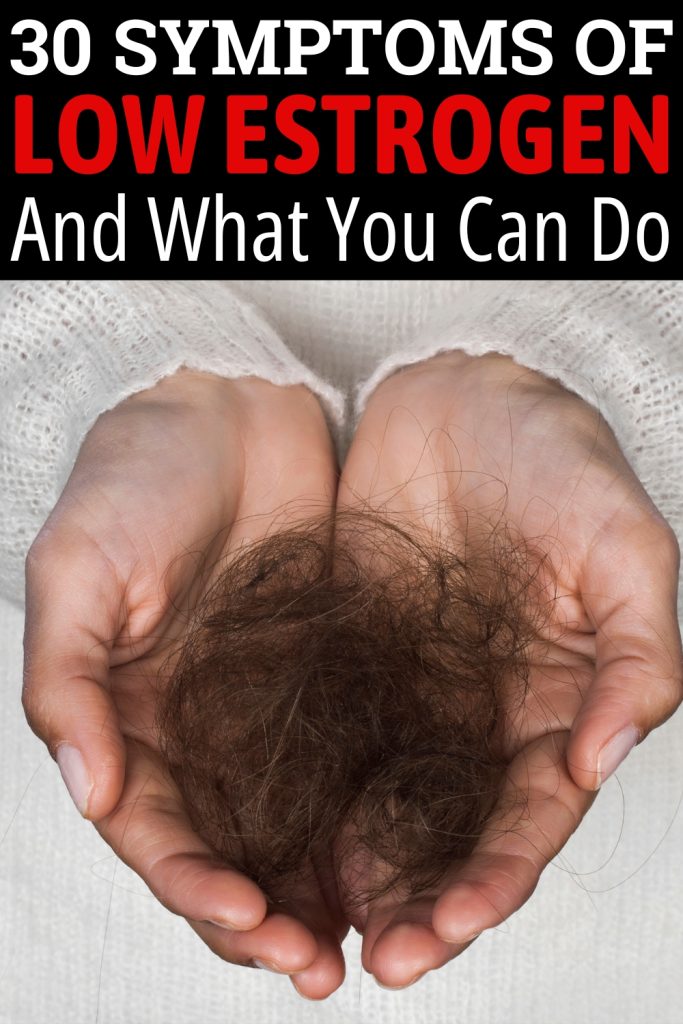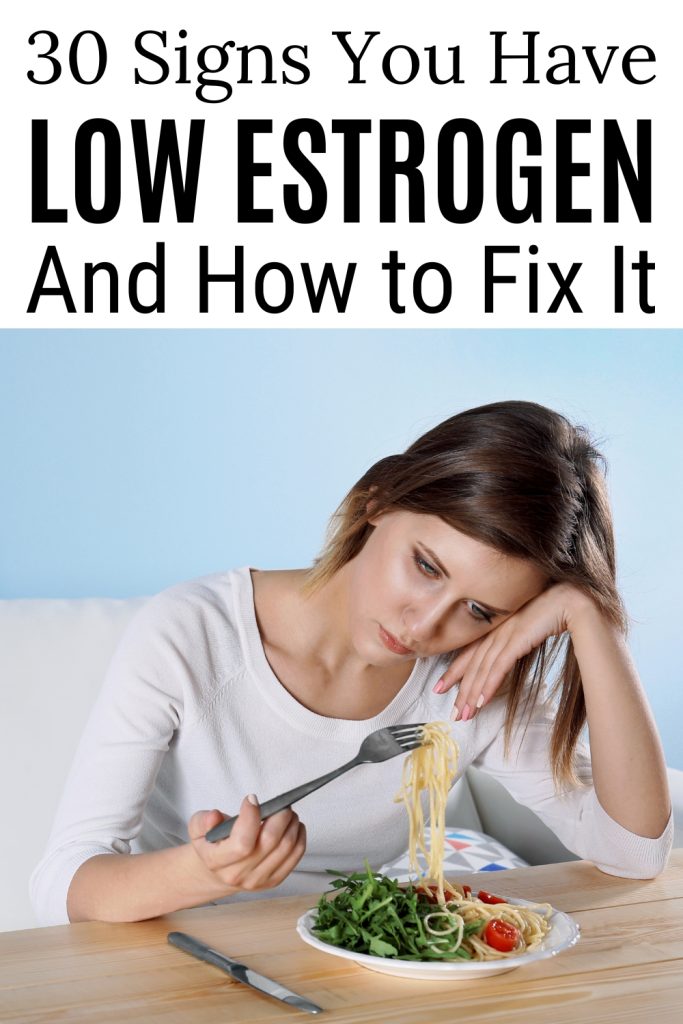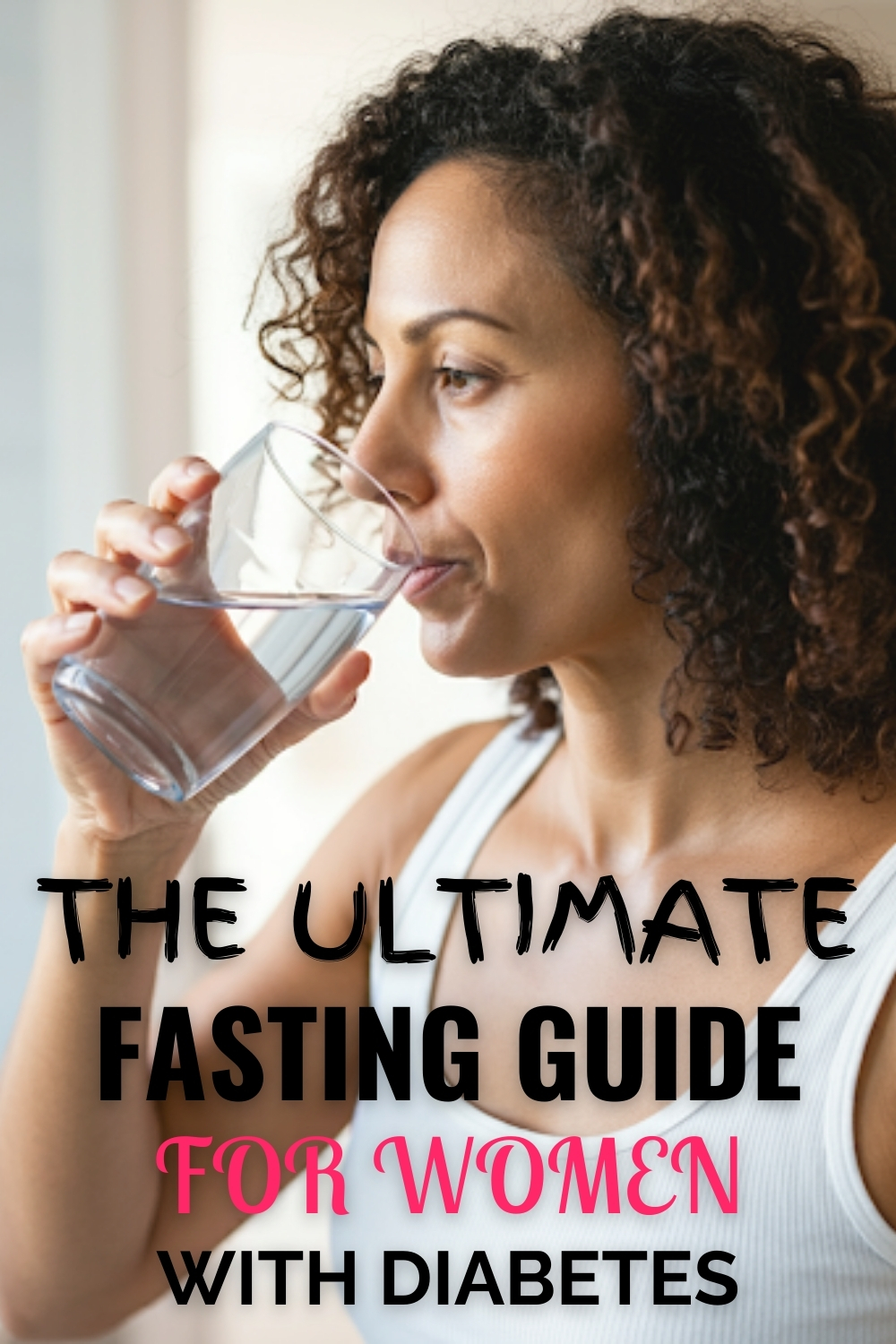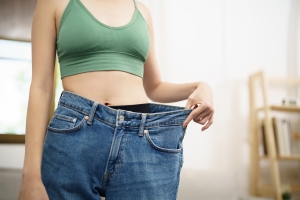Have you been feeling “off” lately? Maybe you’re more tired than usual, struggling with mood swings, or experiencing irregular periods. Perhaps your sex drive has taken a nosedive, or you’re noticing changes in your skin and hair. These seemingly unrelated symptoms could be connected by a common thread: low estrogen. Estrogen is a crucial hormone that plays a vital role in women’s health, far beyond its well-known role in reproduction. When estrogen levels decline, it can trigger a cascade of effects throughout the body, impacting everything from your energy levels to your bone health. This comprehensive guide will delve into the intricacies of low estrogen, exploring the signs, the underlying causes, and, most importantly, empowering you with natural solutions to help you reclaim your vitality and feel your best. We will also give a brief overview of medical solutions.
Understanding Estrogen: The Conductor of Female Health
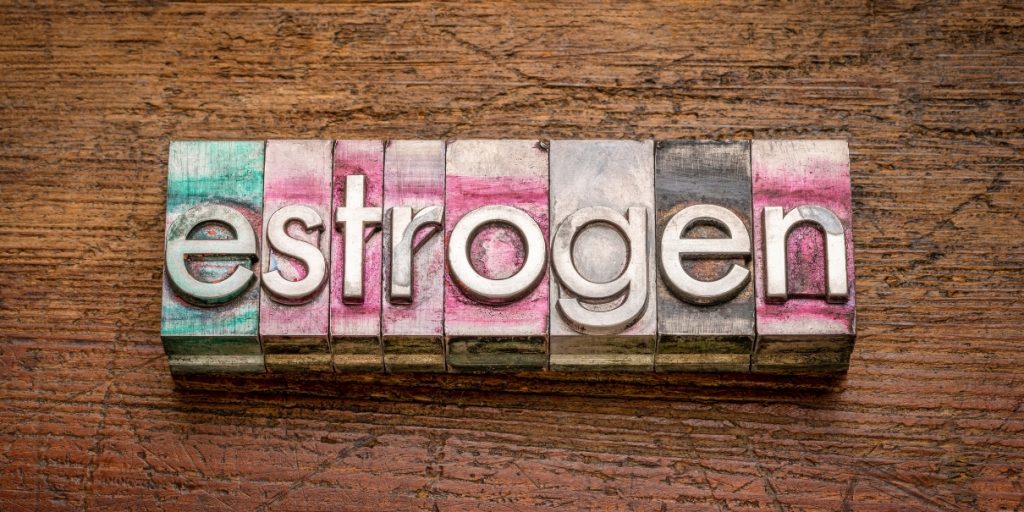
Estrogen is often referred to as the “female sex hormone,” but its influence extends far beyond reproduction. Think of it as the conductor of a complex orchestra, orchestrating a wide range of bodily functions. While the ovaries are the primary producers of estrogen, the adrenal glands and fat tissue also contribute to its production.
Estrogen’s Role in the Body:
- Reproductive System: Estrogen is essential for the development and regulation of the female reproductive system, including the menstrual cycle, uterine lining growth, and maintaining vaginal health. It also helps keep the vagina lubricated.
- Bone Health: Estrogen plays a crucial role in maintaining bone density and preventing osteoporosis. It inhibits bone breakdown and promotes bone formation.
- Cardiovascular Health: Estrogen has a protective effect on the cardiovascular system. It helps maintain healthy cholesterol levels, improves blood vessel function, and reduces the risk of blood clots.
- Brain Function: Estrogen influences mood, memory, and cognitive function. It has neuroprotective properties and may play a role in preventing cognitive decline.
- Skin and Hair: Estrogen contributes to skin elasticity, hydration, and collagen production. It also influences hair growth and texture.
- Metabolism and Weight: Estrogen affects metabolism and fat distribution. Low estrogen can contribute to weight gain, particularly around the abdomen.
In short, estrogen is vital for a woman’s overall health, influencing everything from her physical appearance to her mental and emotional well-being. When estrogen levels are balanced, women tend to feel energized, healthy, and vibrant. But when levels dip, a variety of symptoms can arise.
15 Signs of Low Estrogen: Is Your Body Trying to Tell You Something?
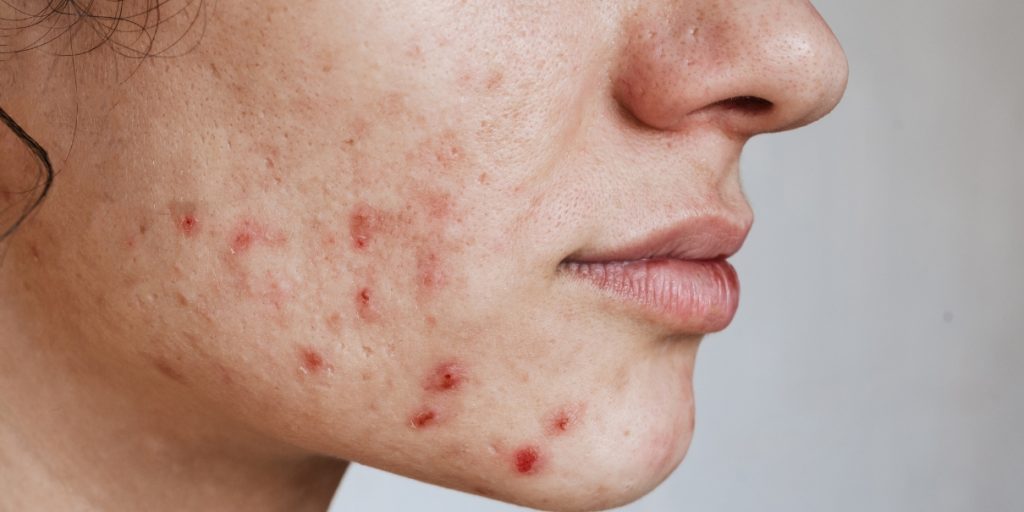
Low estrogen can manifest in a variety of ways, and the symptoms can vary from woman to woman. Here are 15 common signs that your estrogen levels might be lower than optimal:
- Irregular Periods: Changes in your menstrual cycle, such as lighter, heavier, more frequent, or less frequent periods, or even missed periods altogether, can be a sign of fluctuating or declining estrogen.
- Hot Flashes and Night Sweats: These sudden feelings of intense heat, often accompanied by sweating and flushing, are classic symptoms of low estrogen, particularly during perimenopause and menopause.
- Sleep Disturbances: Difficulty falling asleep, staying asleep, or experiencing night sweats that disrupt sleep can be linked to low estrogen.
- Fatigue and Low Energy: Feeling constantly tired, even after a full night’s sleep, can be a symptom of hormonal imbalance, including low estrogen.
- Mood Swings and Irritability: Estrogen influences neurotransmitters that regulate mood. Low levels can contribute to irritability, anxiety, and even depression.
- Brain Fog and Difficulty Concentrating: Struggling to focus, remember things, or experiencing mental fogginess can be linked to declining estrogen levels.
- Vaginal Dryness and Discomfort: Estrogen helps maintain vaginal lubrication and elasticity. Low levels can lead to dryness, itching, and pain during intercourse.
- Low Libido: A decreased interest in sex is a common symptom of low estrogen, as this hormone plays a role in sexual desire and arousal.
- Painful Intercourse: This can be a direct result of vaginal dryness, or changes in vaginal tissue due to low estrogen.
- Weight Gain: Particularly around the abdomen, can be associated with low estrogen levels.
- Headaches or Migraines: Some women experience an increase in headaches or migraines when estrogen levels fluctuate or decline.
- Tender Breasts: Breast tenderness or changes in breast tissue can occur with hormonal imbalances.
- Dry Skin and Hair: Low estrogen can contribute to dryness, thinning, and loss of elasticity in the skin, as well as changes in hair texture and growth.
- Urinary Tract Infections (UTIs): Low estrogen can thin the tissues of the urethra, making women more susceptible to UTIs.
- Bone Loss: Over time, low estrogen can increase the risk of osteoporosis and bone fractures.
8 Common Causes of Low Estrogen: Unraveling the Mystery
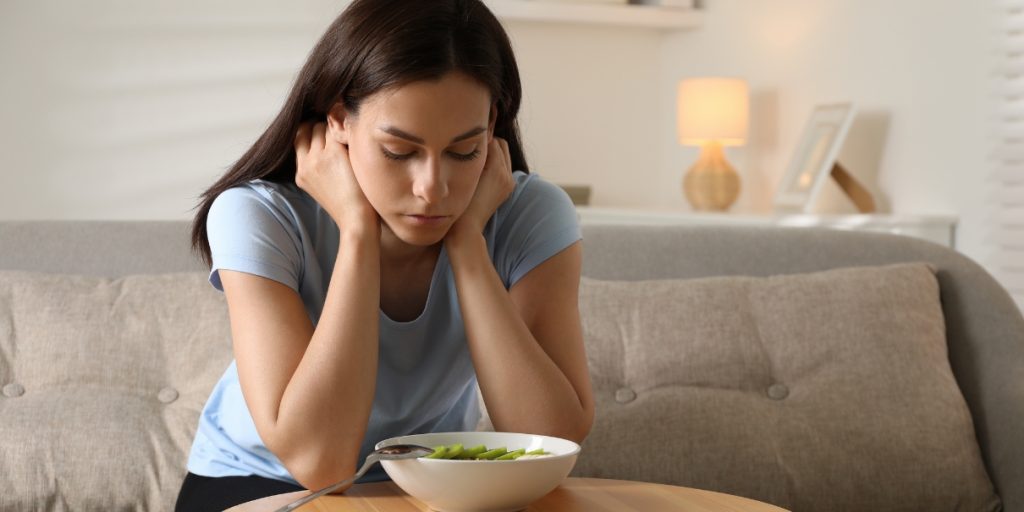
Several factors can contribute to low estrogen levels. Understanding the potential causes can help you identify the root of the problem and find appropriate solutions.
- Perimenopause and Menopause: This is the most common cause of low estrogen. As women approach menopause, their ovaries gradually produce less estrogen, leading to a natural decline in hormone levels.
- Premature Ovarian Insufficiency (POI): This condition, also known as primary ovarian insufficiency, occurs when the ovaries stop functioning normally before the age of 40. It can be caused by genetic factors, autoimmune diseases,1 or cancer treatments.
- Excessive Exercise and Low Body Weight: Intense or excessive exercise, particularly when combined with low body weight or disordered eating, can disrupt the hypothalamic-pituitary-ovarian axis, leading to decreased estrogen production.
- Eating Disorders: Anorexia nervosa and bulimia nervosa can significantly impact hormone levels, including estrogen, due to nutritional deficiencies and low body fat.
- Pituitary Gland Disorders: The pituitary gland produces hormones that regulate ovarian function. Problems with the pituitary gland can disrupt this process and lead to low estrogen.
- Chronic Kidney Disease: Kidney disease can interfere with hormone production and regulation, including estrogen.
- Certain Medications: Some medications, such as those used to treat breast cancer or endometriosis, can lower estrogen levels.
- Turner Syndrome: A genetic condition in which a female is born with only one X chromosome.
7 Natural Remedies for Low Estrogen: Rebalancing from Within
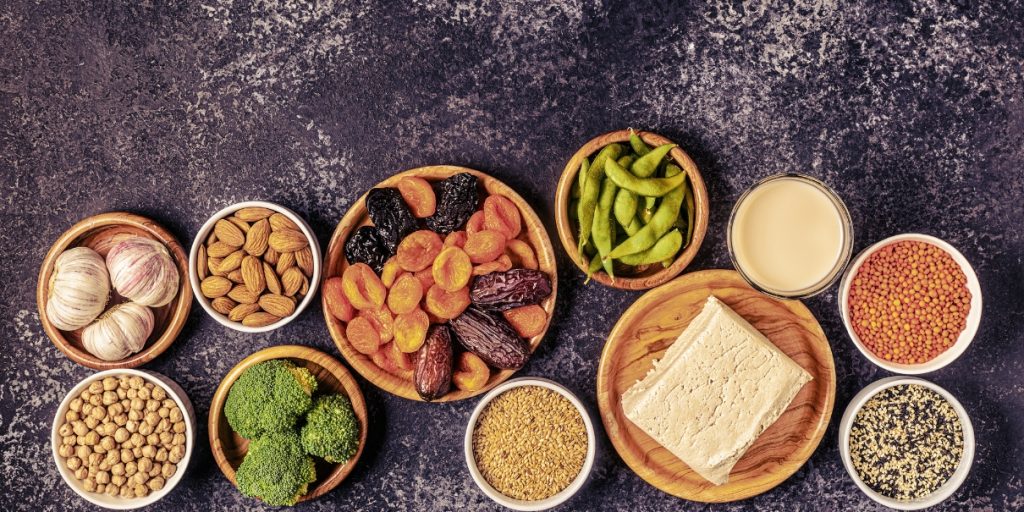
While medical treatments like hormone replacement therapy (HRT) are available, many women prefer to explore natural approaches to address low estrogen. Here are seven natural remedies that may help:
1- Phytoestrogen-Rich Foods: Phytoestrogens are plant compounds that have a similar structure to estrogen and can mimic its effects in the body. Incorporate foods like:
- Soybeans and Soy Products: Tofu, tempeh, edamame (choose organic, non-GMO soy).
- Flaxseeds: Ground flaxseeds are a great source of lignans, a type of phytoestrogen.
- Chickpeas and other Legumes: Lentils, beans.
- Dried Fruits: Apricots, prunes, dates.
- Sesame Seeds
- Note: The effects of phytoestrogens are still being studied, and they may not be suitable for everyone. It is best to consult with a doctor.
2- Maca Root: This adaptogenic root from the Andes Mountains has been traditionally used to enhance fertility and balance hormones. How to use:
- Powder: Add 1-2 teaspoons of maca powder to smoothies, oatmeal, or yogurt.
- Capsules: Follow the dosage instructions on the product label.
- Note: Start with a small dose and gradually increase.
3- Chasteberry (Vitex agnus-castus): This herb has been shown to help regulate the menstrual cycle and relieve symptoms of PMS and perimenopause. It’s thought to work by influencing the pituitary gland, which in turn affects hormone levels. It can stabilize the body’s stress response and helps rebalance estrogen and testosterone. It has been shown to reduce mood swings, breast tenderness, interrupted sleep and hot flashes. How to use:
- Tincture: Follow the dosage instructions on the product label.
- Capsules: Typically, 400-500 mg per day.
- Note: Chasteberry can take several months to show its full effects.
4- Black Cohosh: This herb has a long history of use in Native American medicine for treating menopausal symptoms. Some studies suggest it may help relieve hot flashes and other symptoms associated with low estrogen. There are compounds in black cohosh that stimulate estrogen receptors when estrogen is low. How to use:
- Capsules or Tablets: Follow the dosage instructions on the product label.
- Note: Black cohosh is not recommended for long-term use.
5- Vitamin D and Estrogen: A Dynamic Duo Vitamin D, often called the “sunshine vitamin,” plays a surprising role in hormone balance. It turns out that vitamin D and estrogen work together in the body, particularly when it comes to cardiovascular health. But that’s not all. Vitamin D also appears to be involved in the actual production of estrogen. This suggests that having enough vitamin D in your system could be beneficial if you’re dealing with low estrogen levels. How to get enough vitamin D:
- Sunlight: Spend 15-20 minutes in the sun a few times a week.
- Foods: Fatty fish, egg yolks, fortified foods.
- Supplements: If necessary, consider taking a vitamin D3 supplement, but always under the care of a doctor. Your doctor can test your levels and determine if you need supplementation and at what dose.
6- Boron: The Unsung Hero of Hormone Balance Boron is a trace mineral that might not be on your radar, but it plays a surprisingly important role in our bodies. While it’s known for helping us absorb other vitamins and minerals more effectively, it also has a special connection to our sex hormones, including estrogen. Think of boron as a helper that allows your body to use the estrogen it already has more efficiently. It’s like making sure your body’s estrogen supply is being put to good use. You can find boron in:
- Foods: Leafy greens (like kale and spinach), avocados, prunes, raisins, apples, beans, and nuts.
- Supplements: Available in capsule or tablet form. Talk to your doctor about whether a boron supplement is right for you.
7- B Vitamins: Essential for Estrogen Creation Several B vitamins, particularly vitamin B2 (riboflavin), vitamin B6 (pyridoxine), and vitamin B12 (cobalamin), are essential for healthy estrogen levels. These vitamins are involved in the creation, activation and regulation of estrogen in the body. Without enough of these vital nutrients, your body may struggle to produce and utilize estrogen effectively. You can get more B vitamins in your diet by eating foods such as:
- Meat, poultry, and fish
- Eggs
- Dairy products
- Leafy green vegetables
- Legumes
- Fortified cereals
- Nutritional yeast
- Note: If you suspect you have a B vitamin deficiency, it is important to talk to your doctor.
Medical Treatments for Low Estrogen: A Brief Overview
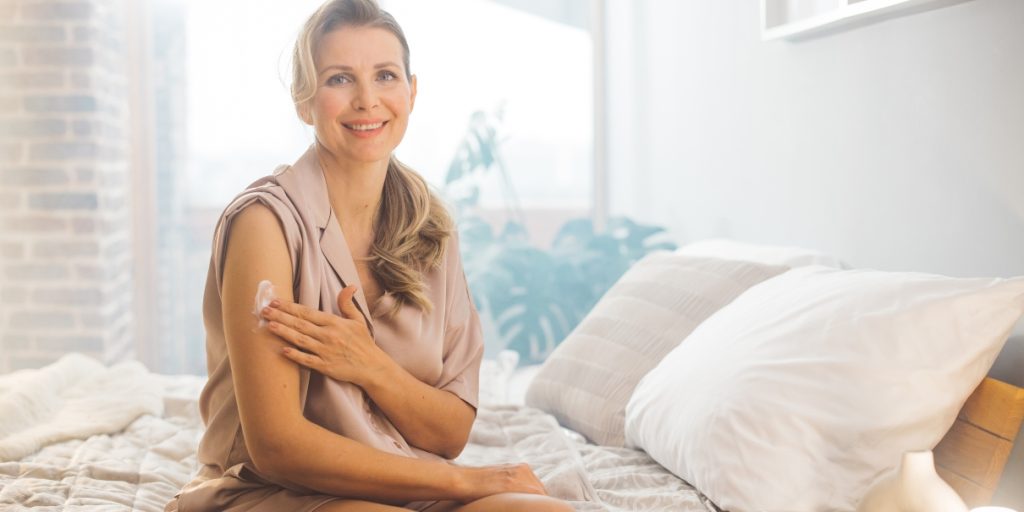
While this article focuses on natural remedies, it’s important to know that conventional medical treatments are also available for low estrogen. The most common is Hormone Replacement Therapy (HRT), which involves taking estrogen in pill, patch, gel, or cream form to supplement the body’s natural production. HRT can be very effective in relieving menopausal symptoms, but it’s not without risks. It’s crucial to discuss the benefits and risks of HRT with your doctor to determine if it’s the right option for you. Other medications may also be prescribed depending on the specific cause of low estrogen.
When to Seek Professional Help: Don’t Ignore the Signs
If you’re experiencing symptoms of low estrogen, don’t hesitate to talk to your doctor. They can perform a physical exam, order blood tests to check your hormone levels, and help you determine the underlying cause of your symptoms. Early diagnosis and treatment are essential for preventing complications associated with long-term estrogen deficiency. It’s especially important to see a doctor if you’re experiencing:
- Missed periods for three months or more (and you’re not pregnant)
- Hot flashes that interfere with your daily life
- Symptoms that don’t improve with natural remedies
- Any concerns about your hormonal health
The journey to hormonal balance is unique for every woman. Low estrogen can be a challenging experience, but it’s important to remember that you’re not alone and there are many paths to feeling better. By understanding the signs and causes of low estrogen, and by exploring both natural remedies and medical options, you can take control of your health and find the solutions that work best for you. This guide has provided you with a starting point, empowering you with knowledge and practical tips to navigate this journey. Embrace the power of natural remedies, listen to your body, and don’t hesitate to seek professional guidance when needed. Your well-being is worth it! If you’ve found this guide helpful, share it with other women who might benefit and consider saving it to Pinterest for easy reference. Together, we can empower each other to thrive through every stage of life.
References
- The role of soy isoflavones in menopausal health: a review of the clinical evidence.
- Flaxseed and its components in human health.
- Effect of Lepidium meyenii (MACA) on sexual desire and its absent relationship with serum testosterone levels in adult healthy men.
- Chasteberry in the treatment of the premenstrual syndrome: a systematic review of the evidence.
- Black cohosh (Cimicifuga racemosa) for menopausal symptoms: a systematic review of randomized placebo-controlled trials.
- Vitamin D and estrogen: intertwined partners in health and disease.
- The role of vitamin D in the endocrine system.
- The effect of boron supplementation on its urinary excretion and selected cardiovascular risk factors in healthy male subjects.
- Dietary boron, brain function, and cognitive performance.
- B Vitamins and the Brain: Mechanisms, Dose and Efficacy—A Review.
- The Role of B Vitamins in Hormonal Imbalance.
